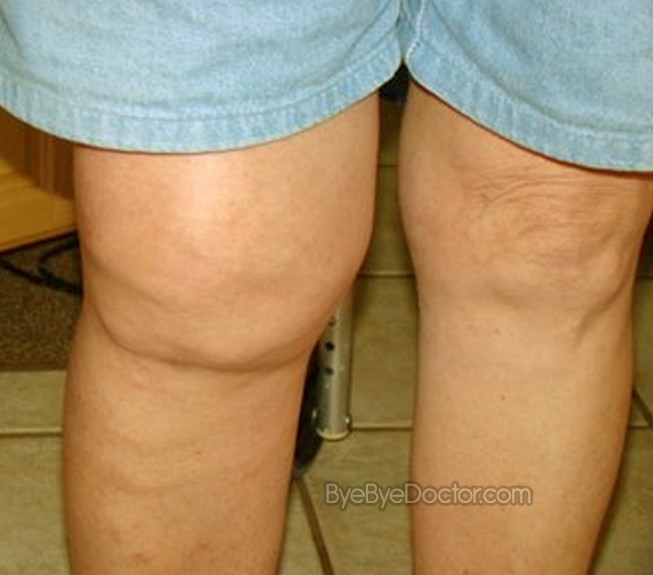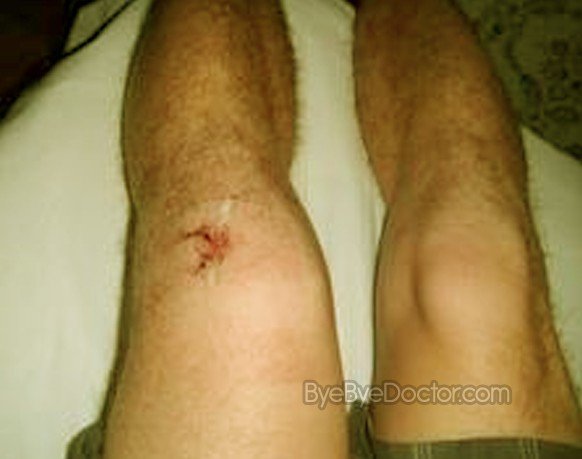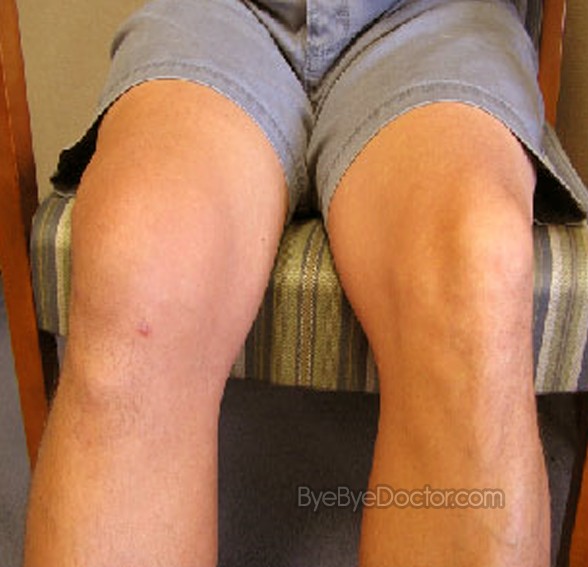What is Trapped Gas?
Gas can make one burp too frequently and even suddenly, which can cause a person embarrassment and alter their comfort. It is normal that one burps before or after a meal. The downside of gas trapped in our stomach or chest is the accompanying discomfort along with it. Normally, a person can produce about 1 to 3 pints of gas each day, which is passed through the anus 14 to 23 times a day. But others have different levels of gas production, and it depends on one’s diet and other factors to be discussed below. Medical conditions can also be a cause of excessive gas formation and provides trapped gas another form of symptom or complain of the patient.
Causes of Trapped Gas
The following are the causes of increased gas:
Swallowed air
Repeated belching can occur if one had swallowed large amounts of air.
Food intake
Intake of gas-forming foods such as those that contain carbohydrate raffinose, can increase gas production. Bean, cabbage, cauliflower, Brussels sprouts, broccoli and asparagus are some of the gas-forming foods. Starch and soluble fiber can also add up gas.
Lactose intolerance
Undigested lactose can include symptoms such as diarrhea, abdominal pain, and flatulence.
Sugar intolerance
Fructose containing foods such as dried fruits, honey, sucrose, onions, artichokes and corn syrup can cause bloating.
Diseases
Celiac disease is believed to cause bloating and increased gas formation in the digestive system.
Gas and bloating can be identified without the need of further testing. The presenting symptoms would then assist the person of having too much gas in the system. Since the presenting symptoms will be presented below, the tests for those signs are the following:
- Examination of stool for blood, steatorrhea (fat in stools), or parasite.
- Lactose tolerance test.
- X-ray examination of the small intestine.
- Others may or may not be necessary: endoscopy, sigmoidoscopy, or colonoscopy.
- Blood test for celiac disease.
Trapped Gas in Chest
Pain in the chest area can cause an alarm to a person. Others would think that this can be related to heart ailments and heart attack, but one should not conclude to such. The person with trapped gas in the chest would have an uneasy sensation to breathe. The person affected would complain heavy weight over the chest. Belching and bloating of the abdomen is also a symptom of trapped gas in the chest.
Trapped Gas in Stomach
Typically, a person develops trapped gas in the stomach when one is too sensitive to gas. Here are the following causes of trapped gas in the stomach:
Irritable bowel syndrome
This condition can be sensitive to the normal amount of gas. Pain is the most common presenting symptom of this condition. The intestines may feel overactive, which is accompanied by pain.
http://www.Symptoms-Causes-treatment.blogspot.com detect diseases at an early stage symptoms, and find out the causes and treatments best suited.
Functional dyspepsia
The term refers to recurrent or persistent pain or discomfort in the upper abdomen. There is increased sensitivity to gas in the upper intestines.
Irritation of the anus
More discomfort can happen for gas can be continually trapped in the digestive system.
Trapped Gas Symptoms
The common symptoms of gas and bloating are the following:
- Burping
- Bloated stomach
- Abdominal pain
- Chest pain
Trapped Gas Treatment
Several methods have been developed in order to reduce the bloating and the accompanying discomfort of trapped gas. Here are the following tips to consider for trapped gas:
Diet
One should avoid gas forming foods that can aggravate the presenting symptoms. These foods are milk, dairy products, certain fruits or vegetables, whole grains, artificial sweeteners and carbonated beverages. One can notice that after drinking carbonated drinks, we tend to burp and feel good after. But in a while, one can feel bloated from drinking such product. Lactose intolerant people should avoid foods that contain lactose. A person should use or take lactose-digestive aid such as lactose-reduced milk (Lactaid). Calcium supplements are provided to patients who can’t drink milk. We need to avoid the following food products that can contribute to intestinal gas: asparagus, broccoli, Brussels sprouts, cabbage, cauliflower, corn, fructose, lactose, potatoes, wheat or sorbitol.
Over-the-counter medications
Drugs such as those with simethicone, antacids: Maalox, Anti-Gas, Mylanta, Gas-X, Phazyme are those recommended drugs for too much gas in the body. A product that contains activated charcoal can provide benefit too. Beano is an over-the-counter product that can help in the breakdown of certain complex carbohydrates. This can been effective in reducing gas after eating foods such as beans and vegetables that contain raffinose. Bismuth subsalicylate or Pepto-Bismol reduces the odor of unpleasant smelling gas.
Deodorizing products
This cannot prevent gas formation, instead it can deodorize gas by this made from carbon fiber.
Walking
The mere brisk walk or getting some other form of exercise can facilitate expulsion of intestinal gas.
Pain Relief
Pain relief is a priority for these conditions. This would include pain relief. In order to do that, preventing for further gas entrapment:
- One should avoid overeating.
- Avoid over swallowing of gas by laughing too hard.
- Belching can relieve the trapped gas in the chest.
- Mix soda bicarbonate in a glass of water to enhance belching and induce burping to relieve gas in the chest and stomach area.
- Ginger can digest cholagogue that can help digest heavy food and reduce gas formation.
- Coriander seed is a chest remedy that can help release trapped gas in the chest.





